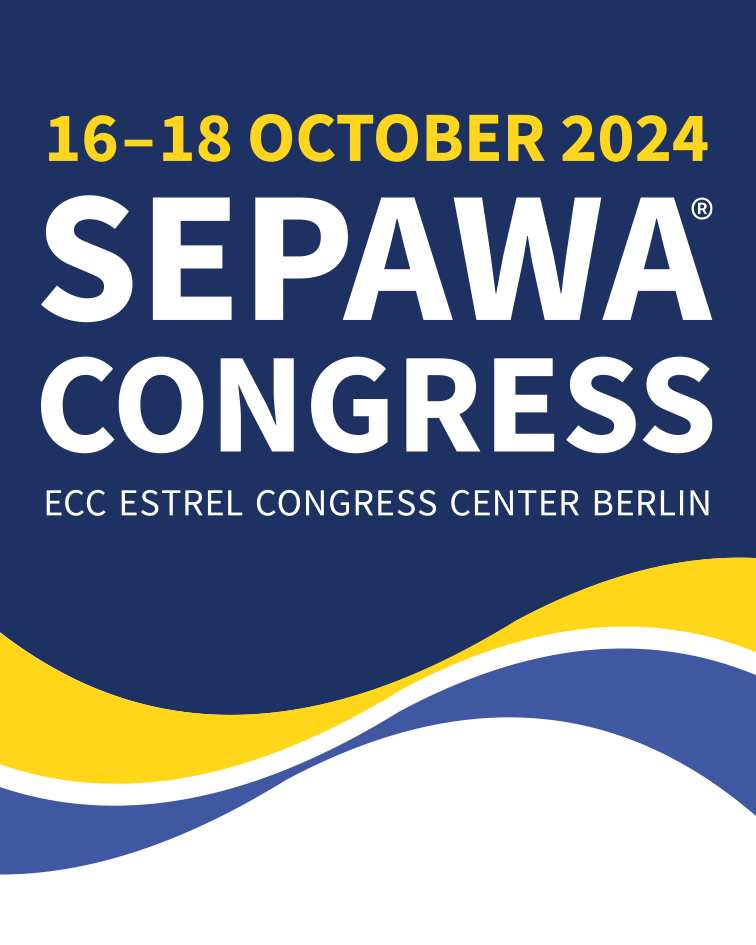Cooperation partner
In order to present to you one of the most highest-value congress programs, we have been collaborating with various organizations.
Cosmetic Science Conference (CSC) of DGK e.V. together with the SEPAWA CONGRESS 2024
For the 4th time, the Cosmetic Science Conference 2024 will again take place together with the SEPAWA CONGRESS from 16 to 18 October 2024.
The motto of the CSC is “Reliable Cosmetics for the Future”. The conference will showcase the development of cosmetic sciences and provide valuable background information on current topics in cosmetics. In addition to presentations by renowned speakers, the event offers a valuable framework for networking and expert discussions.
German Chemical Society
The aim of the GDCh Division of Detergent Chemistry is to offer a forum for interested parties from industry, authorities, universities, institutes and the media to discuss all technological questions about detergents and cleaning agents in an open and constructive way. Particular attention is paid to science-oriented statements on the sustainable benefits for people in their environment.
A special concern of the division is the promotion of young scientists by awarding scholarships and awards (Division Award for special achievements in the field of detergents chemistry, subsidy awards for basic research, and poster prizes).
For its annual symposium, the European Detergents Conference (EDC), the division invites renowned experts from industry and academia, to present their most recent research results in the form of lectures and posters. During the EDC, both the prestigious Division Award and a number of poster prizes are presented.
Our Primary Focus at the SEPAWA CONGRESS 2024
“20 Years of EDC – The Future of Detergent Chemistry”
The TEGEWA Association – who we are and what we do
The TEGEWA Association represents more than 100 member companies based in Germany, the Netherlands and Switzerland – chemical producers which manufacture in the field of surfactants, textile, leather, paper and fur auxiliaries and colorants, complexing agents, antimicrobial agents, polymeric flocculants, cosmetic raw materials, pharmaceutical excipients, and allied products. We thus represent an important actor of the supply chain for the cosmetic and the detergent industry, which meets regularly at the annual SEPAWA congresses.
The TEGEWA Association strengthens the companies’ international competitiveness by providing advice and assistance, a network and representation of interests. The name TEGEWA stands for companies that are frontrunners in the sense of sustainability: global market commitment and compliance, environmental responsibility and social engagement.
